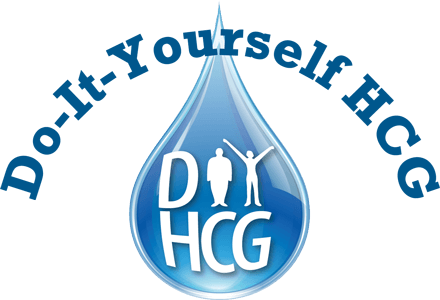How to Shop for the “Right Food”
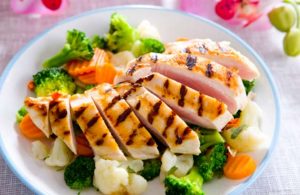 You are what you eat and if you're eating more pre-packaged, processed foods than whole foods, you may be setting yourself up for health problems down the road. The healthiest diet is one that is mostly plant-based and includes lean protein, plenty of fruits and vegetables, and whole grains. Changing the way you eat can improve your health, increase your energy levels, help you lose extra weight, and improve the appearance of your skin.
You are what you eat and if you're eating more pre-packaged, processed foods than whole foods, you may be setting yourself up for health problems down the road. The healthiest diet is one that is mostly plant-based and includes lean protein, plenty of fruits and vegetables, and whole grains. Changing the way you eat can improve your health, increase your energy levels, help you lose extra weight, and improve the appearance of your skin.
(Photo courtesy of Total Shape.)
But changing the way you eat requires changing the way you shop for food. Here, then, are six tips for shopping for the healthiest food, even if you don't have access to a health food store or have a limited grocery budget.
Plan Ahead
Before hitting the grocery store for the week, plan your meals ahead of time so you know exactly what you need. Plan meals that don't require a lot of processed foods to improve your health and save money. Look through the weekly circular for sales to help guide your menu and don't go to the grocery store when you're hungry or you might end up with unhealthy impulse buys.
Choose the Leanest Meats
Grass-fed, antibiotic- and hormone-free meat is expensive but if you can afford it, it's the best choice for good health. If you're on a budget and can't pay a premium for the healthiest meat, choose the leanest cuts you can find since hormones and antibiotics end up in fatty tissue, leaving the fattier cuts with more toxins.
Fresh is Best
Fresh fruits and vegetables are your best choice since they have the most nutrients. Choose fresh fruits and veggies that are ripe but firm so they'll last longer. If you can't find what you're looking for fresh, opt for frozen over canned. Frozen fruits and vegetables are still rife with nutrients and they don't typically include any additives, unlike canned versions, which are generally packed with salt, sugar and preservatives.
Shop the Perimeter
The healthiest foods are found around the perimeter of the grocery store while the unhealthier processed and pre-packaged foods are found in the interior aisles. Shop the perimeter first to fill your cart with fresh produce, lean meat, and low-fat dairy. Go easy on processed foods including canned items, chips, cookies, and frozen meals.
Read the Labels
When you're shopping for packaged foods, choose the least processed varieties available. For example, choose 100 percent whole-grain bread or 100 percent fruit juice. Read the labels and avoid foods with added sugar, chemical preservatives, and a lot of sodium. A good rule of thumb is to buy only food that has five or fewer ingredients listed, and make sure you can pronounce all of the ingredients.
The Dirty Dozen: Buy Organic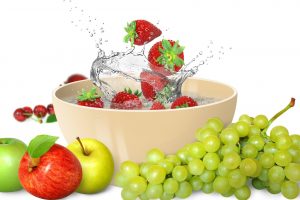
Organic fruits and vegetables are more expensive than their non-organic counterparts but buying everything organic is unnecessary. Experts recommend going organic for what they term "the dirty dozen," which are twelve fruits and vegetables that have high toxin levels due to pesticides and other chemicals. The Dirty Dozen are:
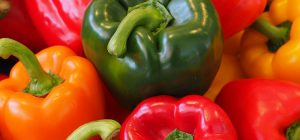 Peaches
Peaches
Apples
Bell peppers
Celery
Nectarines
Strawberries
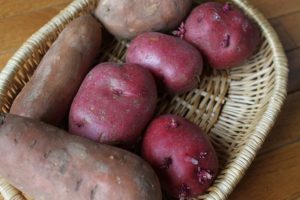 Cherries
Cherries
Pears
Grapes
Spinach
Lettuce
Potatoes
By changing the way you shop for food, you can serve your family wholesome, healthful foods for improved health and the prevention of disease.
